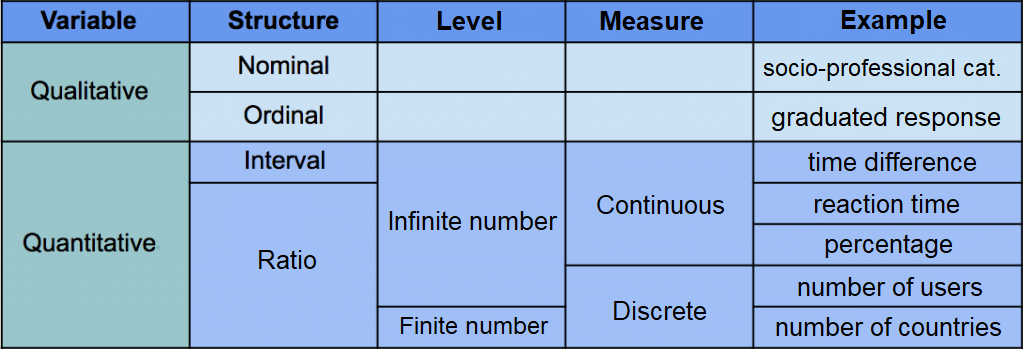Learning is an essential and intrinsic aspect of life. It is a dynamic process that we undergo everyday and in different ways. Different people learn in unique ways, and there is no “one way” to learn. When thinking generally about learning, scholars have developed verified strategies for effective teaching and learning. These strategies contain three main learning theories: Behaviourism, Cognitivism and Constructivism.
Out of these three and other existing theories, there is no one perfect theory or one that should be used in isolation. These theories work together to create an effective learning environment and allow for successful transfer and creation of knowledge.
The main concepts of Behaviourism are initiating the proper response to a cue and stimulus and then working to strengthen this association. This theory also believes in mastering one step before moving on to the next. The learner is not viewed as having an active role (Ertmer & Newby, 2013). I have experienced this teaching/learning style in many types of formal learning and the most prominent is in elementary school when learning the basic foundations of formal education i.e. reading, spelling, addition. This theory works well for these types of activities as it works to increase the form and frequency of the preferred behaviour. When learning how to read I was first taught with simple books that use the same words and memorization of pages occurred before actually learning how to read words. Eventually the cue of a word structure like “m-o-o-n” would be tied to the actual word and concept of the light in the sky. The cue was the arrangement of letters and word in a sentence, the stimulus was the task of reading them and the outcome and association was learning and practicing pronouncing letter combinations and learning how to sound out and recognize words. I had to master the basics of letters and word recognition before I could attempt to read and comprehend an actual book. The Behaviourism theory of learning works well when learning more basic and general ideas that all follow similar patterns and ways of forming mastery over the subjects. Once I learned to read at a high level, there was a certain threshold to reach in that facet of learning.

The main concepts of Cognitivism are the promotion of mental processes and their connection to environmental contexts as well as breaking down complex ideas to more manageable chunks which can be internalized easier. Practice in meaningful, relevant contexts with corrective feedback is important in this theory and the learner is viewed as an active participant (Ertmer & Newby, 2013). I have had lots of experience with the Cognitivism theory of learning in my Statistics classes during my undergraduate career. For the entirety of the class and each topic we begin with the basics and work our way up to the more complex ideas from there. We build off our pre-established basic knowledge to create our more in depth learning. We began the class going over definitions, scales of measurement and the basic calculations of things like the mean and mode. These are all essentials aspects that are used in every topic further on, so they needed to be established and hopefully mastered early. My professor facilitates learning by allowing for practice in meaningful contexts by providing examples in class, using iClickers to gauge our grasps on new concepts and to allow for practice and by assigning homework and quizzes in forms similar to examinations and lecture. We receive feedback through answer keys, reviewing exams, and through in class discussion of topics. This theory of learning works well for this material as mathematics require lots of practice for me to understand and be able to replicate the processes and it provides numerous different avenues to grasp the concepts.

The main concept for Constructivism is how the individual learner creates knowledge and meaning through their own unique experiences and how they can transfer their previous knowledge into novel contexts. Their learning can be guided through prompts making connections to prior experiences. The learner is an active participant in their learning (Ertmer & Newby, 2013). I have experienced this learning theory numerous times during my time working as a barista at a local café. I am able to impart my previous knowledge from school and other jobs to learn new things or to provide examples to help others learn. Many of my coworkers have different methods they use to achieve the same end goal, our different personal experiences allow us to think and learn in different ways. An example of this is learning a new station at work, like the point of sale and fronter counter area. When I was learning I used previous pattern recognition skills and the practice I had had on different till and electronic setups. I had never used that system before but I was able to master it quickly with practice and connection to past experiences.
The different theories can be most applicable in differing scenarios and when paired together they can work most efficiently to benefit learners. i have had numerous experiences with these learning theories and they all have elements which complement and overlap with one another.
References
Ertmer, P. A., & Newby, T. J. (2013). Behaviorism, cognitivism, constructivism: Comparing critical features from an instructional design perspective. Performance Improvement Quarterly, 26(2), 43-71.

February 2, 2023 at 11:03 am
Hi Selina! Thank you for providing an excellent overview and examples illustrating all three learning theories! I especially appreciate that you do not prioritize one approach over the other. They all have benefits and challenges, depending on the particular learning context and objectives we want our learners to achieve. Your idea that “there is no one perfect theory or one that should be used in isolation” resonates with me.